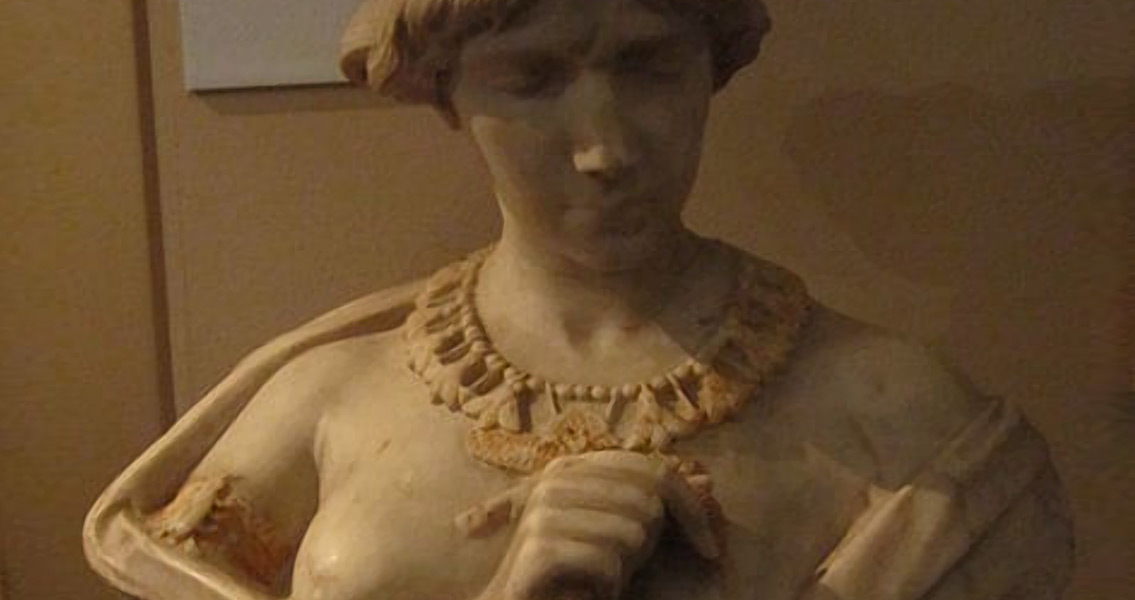<![CDATA[The story of Cleopatra dying by “kissing” a snake is among the more romantic ancient Egyptian myths. However, a herpetologist from Manchester University says the chances of someone dying from a snake bite are no more than one in ten, even if the snake in question is as deadly as a cobra or viper. Andrew Gray, curator of herpetology at Manchester Museum, said in a video talk with Egyptologist Joyce Tyldesley that dangerous as cobras and vipers are, they are not in the habit of wasting their venom on people. Snakes use their venom to hunt and incapacitate their prey, and to protect themselves, so they store it for times of need. It seems they are aware that people are not prey, so most of the bites they give us are what’s called 'dry' bites. Only about ten percent contain venom, and in those cases death is slow and agonising. What’s more, says Gray, even if a snake bites a human and injects venom into them, they can't do the same with another human. The story of Cleopatra’s death says that the snake didn't just kill her, but also a couple of her maids. According to Gray this is close to impossible, as all the venom would go into the first bite. Also, the story says the snake's victims died quickly, which is highly unlikely with a wet bite from a venomous snake. Another argument against the myth is that cobras tend to get quite big in Africa. Joyce Tyldesley notes that according to the story the snake was delivered to Cleopatra hidden in a basket of figs, but the average length of an Egyptian cobra, says Gray, is between five and six feet, with some specimens reaching up to eight feet. This would have been too big to hide in a basket with fruit. The talk is in aid of promoting a new book authored by Tyldesley, “Cleopatra: Egypt’s Last Queen”. Elaborating on the significance of snakes for Egyptian royalty, Tyldesley pointed out that Cleopatra was particularly strongly associated with the reptiles she believed to be the living embodiment of the goddess Isis, who was thought to have been able to transform into a snake. Cleopatra was in fact so fond of snakes that, according to Gray, it’s from her that royal pythons get their name. She “filled the palace’ with these non-venomous yet beautiful reptiles, she slept with them and carried them wrapped around her neck. Tyldesley pointed out that for the Egyptians, snakes were a very strong symbol of protection, which is why royalty wore images of them on their heads. In this respect, it seems that although the story of the last queen’s death did not reflect reality accurately, the ancient Egyptians were right about something else: that some snakes are good mothers. Cobras, unlike most other snake species, apparently possess a maternal instinct, Gray explains, so they make a nest for their eggs and wrap around them until they hatch. Image courtesy of Wikimedia Commons user: Reptonix ]]>
Myth of Cleopatra’s Death Debunked
